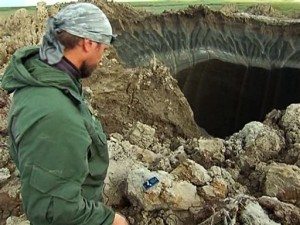The Weird, The Alarming, and Tortoises
We’ve read a few interesting articles this past week. Some were weird, some were alarming, and one was about a turtle. More specifically, about a really, really old tortoise named Jonathan.
Jonathan is a Seychelles Giant tortoise, and was born on the Aldabra Atoll in the Indian Ocean. He now lives on St. Helena, a volcanic island in the South Atlantic. Nobody is really certain how Jonathan got to St. Helena, but in the 17th Century, sailors travelling the globe would stop along the way at various islands and stock up on supplies. They found that tortoises were surprisingly docile, and quite tasty. Further, you could stack them up in a ship’s hold, and they would just hang out, waiting to provide a tasty meal weeks or months down the road. Jonathan was likely destined to become someone’s dinner when he was dropped off.
It takes a tortoise like Jonathan about 50 years to reach adult size, and a picture taken of him around 1900 shows a fully-grown Jonathan lounging with the St. Helena governor. That means that today Jonathan is at least 180 years old.
If Jonathan could speak, what would he say about the changes to our environment?
Now the weird: There’s an area in Siberia called the Yamal Peninsula. That means “End of the World,” and it really seems as if it is. Yamal is flat and lonely and windswept and covered in a thick layer of permafrost. Permafrost is a layer of frozen soil, and can be as thick as 15 feet. While the ground will freeze every year at various spots around the world, permafrost will stay frozen year-round.
 Yamal is also home to vast reserves of natural gas. A few weeks ago, some geologists were flying over the area, looking for new places to poke holes in the Earth, and discovered a hole. Not a crater or a sinkhole or a depression, but a hole. It was almost perfectly round, around 200 feet across, and seemingly bottomless. Since that discovery, they’ve found two more. The holes seem to have blown up from within the Earth, as they have a sort of debris field around the lip, and theories about their origin have ranged from missile tests to meteorites to aliens.
Yamal is also home to vast reserves of natural gas. A few weeks ago, some geologists were flying over the area, looking for new places to poke holes in the Earth, and discovered a hole. Not a crater or a sinkhole or a depression, but a hole. It was almost perfectly round, around 200 feet across, and seemingly bottomless. Since that discovery, they’ve found two more. The holes seem to have blown up from within the Earth, as they have a sort of debris field around the lip, and theories about their origin have ranged from missile tests to meteorites to aliens.
Now the alarming: An expedition to the holes found methane at 9.6% in the air around the mouth of the mysterious portals. The air around Yamal normally runs around .000179%. Hans-Wolfgang Hubberten, a geochemist, surmises that a melting of the Yamal permafrost likely caused an explosive release of underground methane that caused the holes.
Temperatures in the lonely Yamal have run around 9 degrees warmer than normal, and what caused the holes could be evidence of a positive feedback loop. This means (and this is truly alarming) that the thawing permafrost could lead to more warming which would lead to more thawing, which would lead to more warming…
You get the picture.
Around 1960, the City of Norfolk experience around 1.7 days of “nuisance flooding” each year. These were floods that rose above sea level and became problematic for city residents. In 2000, that rose to 7.3 days, an increase of 325%. The NOAA listed Norfolk as one of 10 American cities having critical issues with climate change-related flooding – right now. Not in 20 years, or a few decades, or 2114. Today.
Who wants to move to the South Atlantic and live like a tortoise?
